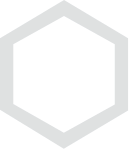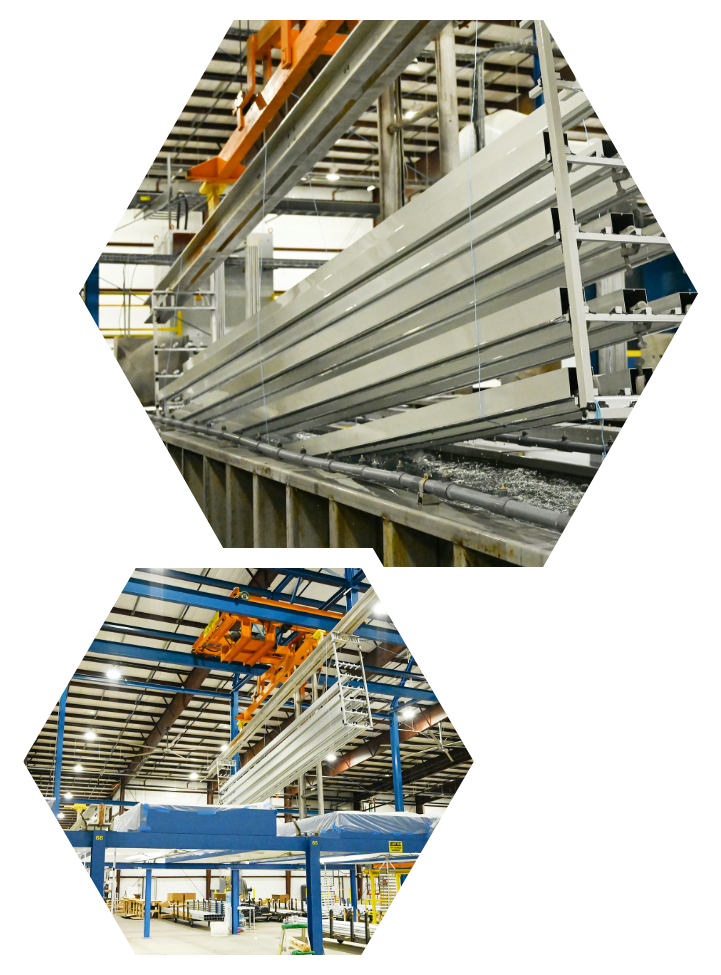Whether it is to be anodized or not, all aluminum should be stored to prevent metal-to-metal contact when moisture is present or unsightly “water etch” will result. Minor “water etch” can be removed, but severe cases cannot. Lubricants used in forming and fabrication can also be corrosive to aluminum and cause undesirable etching. Be sure to use lubricants approved for aluminum.
Choose the right alloy. Some alloys and tempers respond better than others to pre-treatment and anodizing. Variations in temper, composition, etc., can lead to differences in color after anodizing. Consult us or your metal supplier for more information. Always use the same alloy and temper throughout any one job. If you are welding an assembly, use the proper alloy welding wire. Consult your supplier.
If practical, perform all fabrication work (cutting, welding, bending, grinding, buffing, etc.) before anodizing. You will not want to disturb the anodized coating after it is formed. The one exception to this may be the drilling and tapping of holes or other operations where exact dimensions are critical. Expect to lose a little metal from all surfaces during anodizing.
The coating has a ceramic-like quality in that it cannot be stretched or compressed much. Severe bending of an anodized article will cause the coating in the convex surface to open up and on the concave surface to shatter or “craze.” Tubes that will be bent after anodizing should receive minimal coating. Severe heating will also cause the coating to craze.
Avoid the use of paints, varnishes, adhesive tapes, etc. to avoid residues. We use water-based cleaners which are effective on fab oils and buffing compounds but not on materials that require solvents.
Avoid delays in getting your job to us. Aluminum is an active metal and when unprotected, is subject to damage from fumes, mists, even oily fingerprints.



 : 912.720.7208
: 912.720.7208



 : 912.720.7208
: 912.720.7208